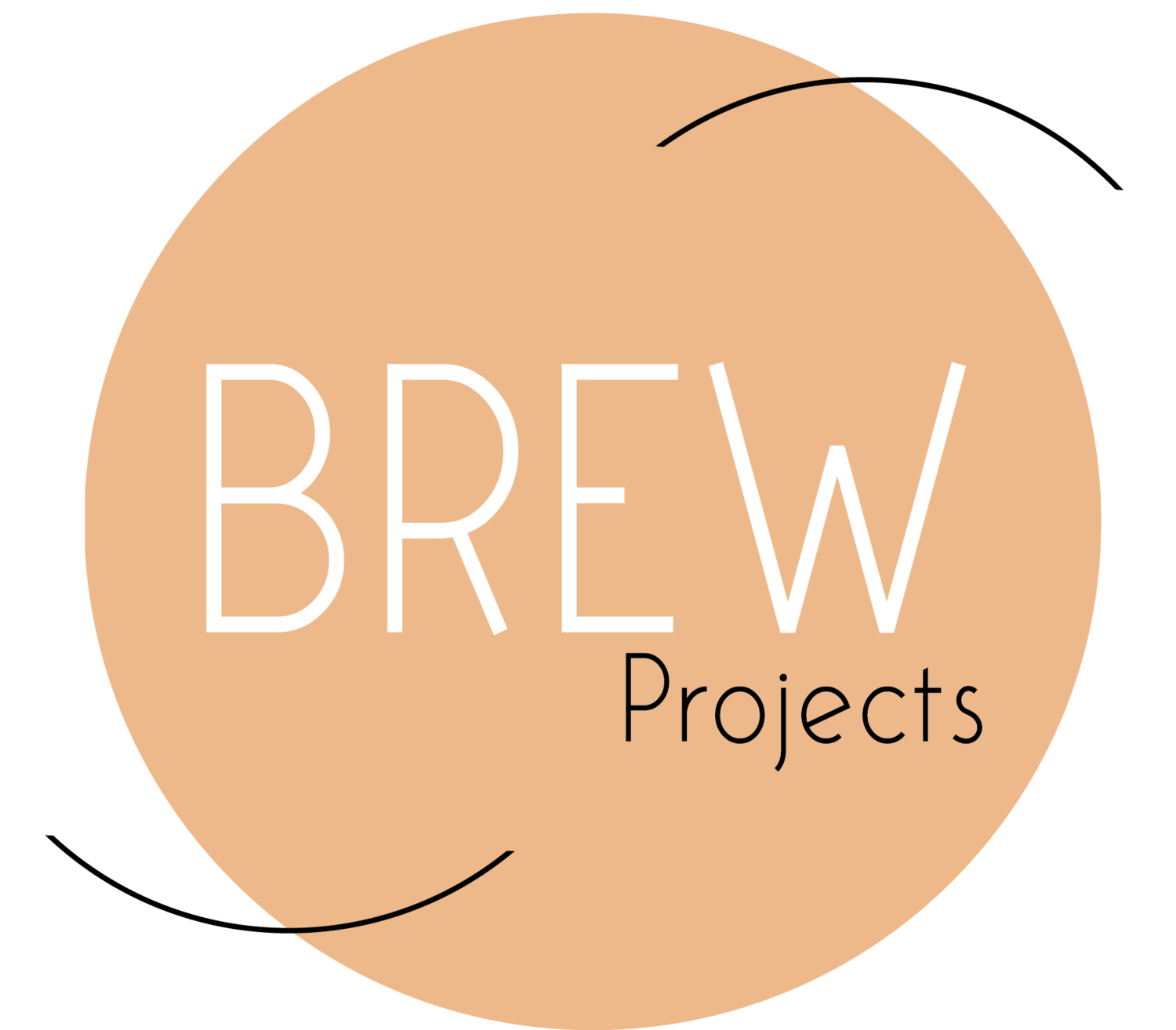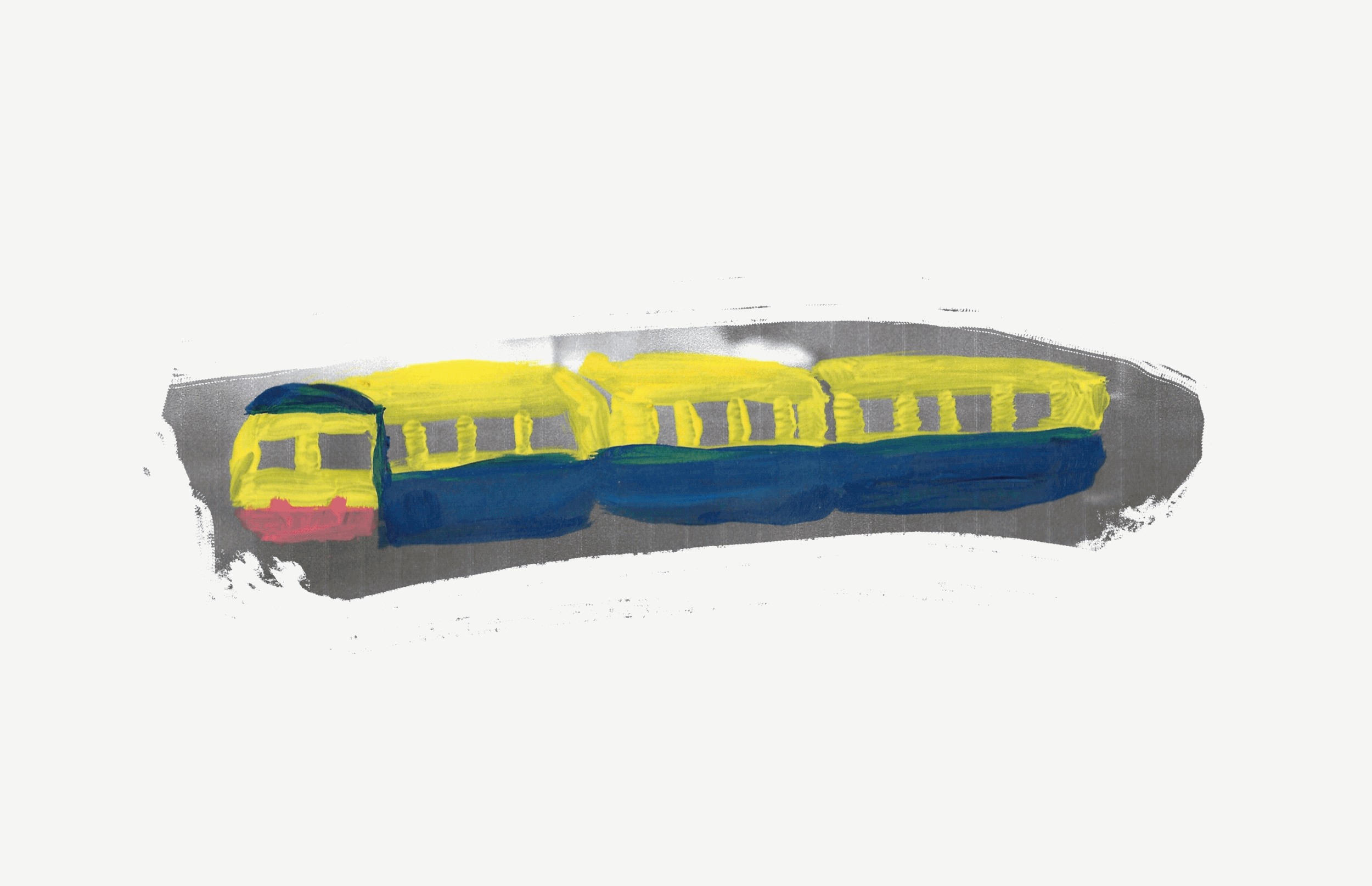City Centre Stories
City Centre Stories
18 March - 17 April 2023
Now Closed
City Centre Stories was an outdoor exhibition of crafted augmented reality artworks and poetry, which could be found at various stops around Lincoln’s City Centre. Each stop explored a business, portraying the stories from its past and present. Participants scanned the QR codes placed at each destination to take part.
The project was launched at a live poetry reading, performed by Georgia Preece on 18 March 2023 at Waterside Shopping Centre.
This project was made possible thanks to Lincoln Creates | Lincoln BIG. Lincoln Creates is a fund designed to support new creative art projects in Lincoln City Centre. To find out more about other Lincoln Creates projects and what the fund is, visit www.lincolnbig.co.uk/projects/lincoln-creates.
User Guide
Participants used the map to the left of this screen to navigate their way around the city. With no number order, participants could visit each stop in whichever order they liked. Even the poetry written and performed by artist and poet Georgia Preece was designed by Georgia to be enjoyed with the verses in any order.
To access the artworks participants simply visited the stop site, located the QR code plaque which could be found in shop windows or close by the site. Then used the smart device’s camera to scan the large QR code and enjoy the visuals and sound.
A huge thank you to all the businesses that took part in the project. Thank you to Angel Coffee House, House of Fraser, Musicroom, Rock Retro, St Marks, Treaty of Commerce and Waterstones.
The Snake Pit
Lincoln St Marks Station
Pennel’s Old Seed Shop
The building that the Waterstones bookshop now occupies is full of stories, no pun intended. It’s thought that the site’s original use was as an inn, and could date as far back as the 1700s, making it one of Lincoln’s original inns. In 1802 The Saracen’s Head Hotel was rebuilt with the facade you can see today, including the wrought iron balcony. The Hotel was the headquarters for coaches to many places including Peterborough, London and Manchester.
During WW2 the hotel was a popular site to socialise for members of the RAF and for the allied airmen and women around Lincoln and was nicknamed The Snake Pit. The pub was even named in the book Dambusters by Max Arthur, which states, “There was a joke around Lincoln - there was a hotel called the Saracen’s Head, and the joke, which proved to be true once or twice, was that if you went in there for a drink at lunchtime, the barmaid would tell you what target you were on that night.”
The hotel was closed in 1959 and was turned into shops and offices. Today it is a grade 2 listed building and is home to Waterstones bookshop and cafe.
The digital artwork was inspired by this history and the stories local people have shared. The books included are classics of their genres or favourites of the booksellers who work in the building.
Waterstones
St Marks Square
Lincoln Imp Mural
Long before the painted mural was put in place here, the shop was once Pennels Seed Shop. Pennels moved its seed shop here in 1901. The artwork you see above the shop front includes some varieties that Pennels has been known for throughout its history; Charles Pennel one of the first to try and popularise tomatoes in this country in 1868 opened up Pennels first seed shop to help do just this.
Pennels introduced many new varieties of plants, including a golden ivy and the well known apple variety “Ellison’s Orange” both of which are included in the artwork. By 1939, the company listed forty-eight large flowered clematis hybrids, one of which being the Pennels Clematis, also seen in the artwork here.
Pennels catalogues from the 1840’s shows that the nursery was growing a wide range of plants, particularly fruit trees and rose trees. A rose bush cost the same as a fruit tree – 2s 6p.
You can now find Pennels Garden Centre, one of the oldest family run garden centers in the UK, on Newark Road.
Lincoln Central Train Station was opened in 1846 and with two train tracks passing over Lincoln’s high street, the area made for a very busy part of the city. There are many beautiful images of the station and the trains that came and went.
Notable visitors to and from Lincoln St Marks Station include a parade of circus elephants, who used the station to get to South Park when the circus was in town.
Each part of this short animation was inspired by real trains that passed through Lincoln Station as well as the actual gates used at St Marks and old images of pedestrians in Lincoln.
The Station closed in 1985. It remained an unused site until it was converted into shops and in 2007 was made into a Lakeland shop. The site is currently under construction to become a leisure complex with bars and restaurants and a live music venue.
A Rock Retro Jumper to Share
A Cosy Cup for Contemplation
A Musical Street, Now and Then
This colourful jumper is a digital patchwork of real patterns from vintage jumpers found in the Rock Retro shop.
Inspired by the ethos of community and reuse which the shop promotes through the business and events that happen here, via Augmented Reality, this jumper can be warn and shared by many people. Try holding your screen up to a friend and place the jumper on them to wear, before taking a screenshot on your device to remember or share the moment.
Rock Retro
Angel Coffee House
This area of Lincoln has long been an area for rest and refreshment. In 1889 Coop Hall refreshment bar was opened on Silver Street alongside the library and reading room, a cup of tea and a pork pie cost 3d, Inspiring the vintage teacup in this 3D scanned artwork.
Today, Angel Coffee House is more than your average cafe. Regular visitors speak of the cosy and welcoming atmosphere within the walls of its historical Old Vestry building. A cosy feel is created here by scanning and including the handmade woolly thought cloud that you see above the teacup.
This artwork was inspired by those moments often experienced in Angel Coffee House and, no doubt, at Coop Hall. Moments of relaxation, where the mind can wonder into creative and restful thoughts.
Musicroom stands on a part of Lincoln High Street long associated with music. Across the street, what is now Subway, was once an organ shop and looking over the crossing, you will see Rose House on the corner of Tentercroft Street. This building gets its name from Rose Musical Warehouse – founded by William Rose in the 1860s, selling all manner of instruments such as the Pianoforte you can see in this animated artwork.
At the back of Musicroom you will find the guitar filled ‘rock room’ which inspired the guitar in this artwork. And, should you venture upstairs, staff say, that you could find yourself in the company of a ghost who haunts the upper floors of the shop, inspiring the instruments which seem to be playing themselves in this artwork.
Musicroom
Lincoln Wool on Tenterhooks
George Boole: ‘Grandfather of the Digital Age’
LCFC Kit through the years
At the nearby crossroads you will find Tentercroft street, so named from its history as a mediaeval site for the production of woollen cloth. Fulled woollen cloth was stretched out tightly on ‘Tenterhooks’ as part of the process, leading to the saying ‘to be on tenterhooks’ in stressful situations.
The artwork you see here is inspired by this history, and by the famous Lincoln Longwool sheep breed. Herds of digital sheep fill the street where herds of pedestrians wait on tenterhooks for the crossing lights to change in their favour, at this busy crossroads in the city.
St Marks High St side
House of Fraser
.George Boole was born on November 2nd 1815 at 49 Silver Street, the street just opposite House of Fraser. Hailed as the ‘Grandfather of the digital age’ he was the inventor of ‘Boolean Logic’ and inspired this glitchy digital portrait of the man himself.
An American electronics engineer named Claude Shannon realised Boole’s logic could be applied in producing electrical circuits: a discovery that started the digital revolution. Today even the most advanced computers and smart devices still depend on Boolean logic. In the 1800’s Boole could not have imagined what his invention would now allow us to achieve in modern times, including creating the digital artworks you see before you.
Aged just 19, Boole opened his own school on Free School Lane in 1834. He also founded a school on Pottergate where he later received a Gold Medal from the Royal Society in 1844. Boole was recognised as a genius during his life and in fact, has a crater on the moon named after him. Next time you visit Lincoln Cathedral, look out for the ‘Teaching Window’, a stained glass window created in his memory.
Since the mid-1800’s The Treaty of Commerce has been a place for gathering and enjoying sporting events. Past landlords have been professional footballers, pigeon racers and darts players, with the pub being home to a local darts league. In modern times it is probably at its busiest on local football match days. Here, through augmented reality artwork you can see festive bunting hanging from the beautiful building facade, made from the Lincoln City FC kit designs throughout the years.



















